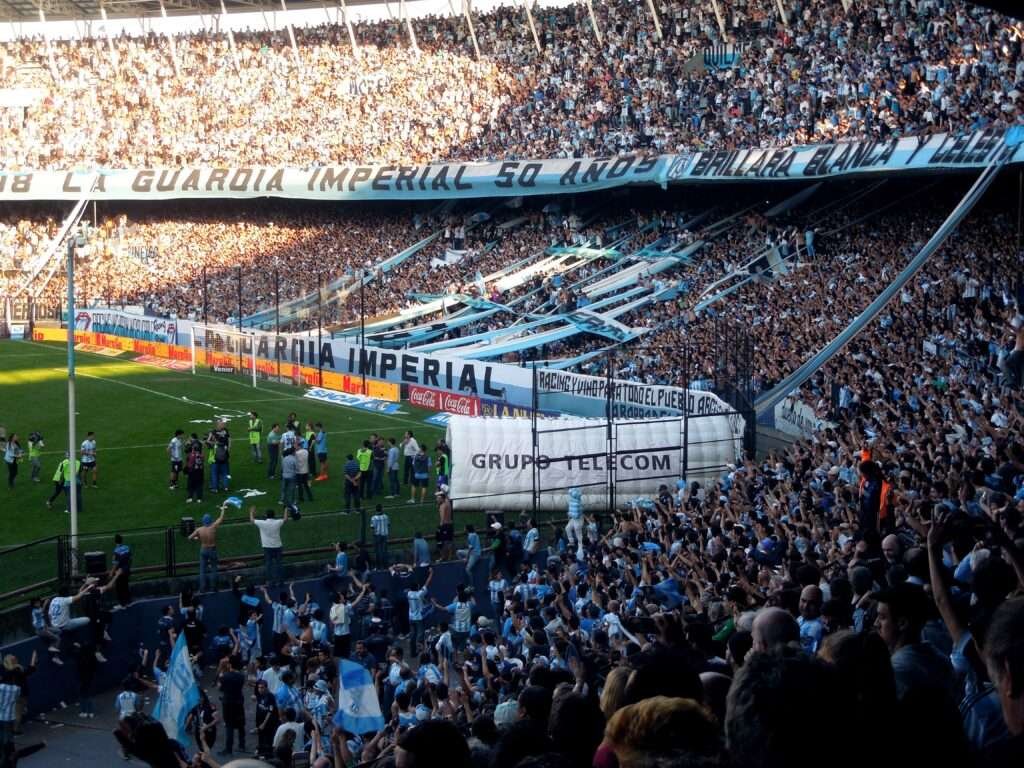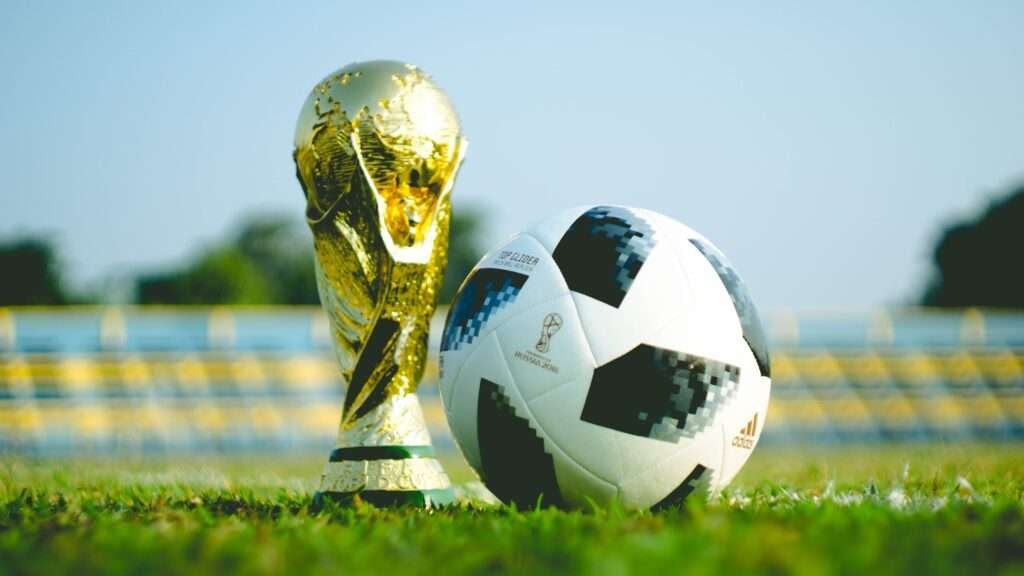We are all familiar with the name FIFA. It is the oldest association in football, having been founded in 1904. But do you know how FIFA makes money and what its business model is? FIFA is a non-profit organization, yet despite this, it makes billions of dollars every year.
FIFA, also known as the International Federation of Association Football, was established in 1904 to manage, coordinate, and publicize the expanding number of international football (soccer) events. The sport possibly has the greatest fan base of any sport in the world because it is played in more than 200 nations. FIFA is modernizing football to be worldwide, accessible, and inclusive in all aspects, and not just one or two continents, according to the organization’s website.
FIFA is a non-profit organization with enormous revenue potential that devotes the majority of its income to the game’s development. Most of these profits come from planning and promoting important international sporting events, the most well-known of which are the Men’s and Women’s World Cups, held every four years. Various other tournaments, like the FIFA Confederations Cup and continental championships, are also well-liked.
FIFA brought earned more than $4.6 billion in 2018, the year of the most recent World Cup.
The FIFA World Cup is now taking place in Qatar in the Middle East as of 2022. Qatar, the host nation, spent around $220 billion and 12 years getting ready for this event.



Some of FIFA's significant revenue sources include
• Television rights
TV rights generate 50% of FIFA’s overall World Cup earnings. FIFA grants broadcasters and TV networks the ability to televise its matches. However, obtaining these rights is not simple. These rights are put up for bid. Once again, FOX Sports and ESPN engaged in a bidding war, with FOX Sports coming out on top for $440 million.
• Commercial Rights
The marketing rights of FIFA also contribute significantly to the income. FIFA sells its marketing rights in these four ways: FIFA Partners, FIFA World Cup Sponsors, Regional Supporters, and National Supporters.
• Rights to Licenses
FIFA makes significant profits from the sale of trademark and royalty licensing rights.
• Tickets
Match tickets, hospitality rights, and lodging privileges all contribute significantly to FIFA’s income.
The $5.37 billion in costs incurred by FIFA from 2015 to 2018 may be roughly broken down into three main groups: expenses associated with events ($2.56 billion), initiatives linked to development and education ($1.67 billion), and FIFA governance and administration ($797 million).
Football Governance, which includes legal fees, IT costs, and facility expenses is another important expense from 2015–2018. The total cost for this was $124 million. And a total of $211 million was spent by FIFA on its marketing and television broadcasting.
FIFA has occasionally been accused of poor administration and misconduct in relation to the World Cup bidding process. The president and several executives were detained on corruption-related charges after being mentioned in the 2015 affair. Only nine people have held the organization’s top positions across its 118-year history, raising concerns about transparency and sound governance.
Even though the organization successfully hosted the 2018 World Cup, concerns about potential future or ongoing corruption persist.
Nevertheless, FIFA is generating outstanding financial results because of its little-to-lose commercial model.
What Sort of Money Does FIFA Make?
As mentioned earlier, FIFA’s 2018 World Cup brought around $4.6 billion in income. When there is no World Cup, its earnings are lower. It generated $766 million in 2021. The prize money budgeted by FIFA is $440 million, with a record $42 million going to the 2022 World Cup winner. The World Cup, the greatest athletic event on the planet, is the centerpiece of FIFA’s successful commercial model. FIFA is the organization that governs football (or soccer as it is called in the U.S.). It generates billions of dollars from TV and marketing rights, without needing to invest in or assume the financial risk of constructing competition infrastructure. And since it is a nonprofit, the majority of this money is put back into the game.





